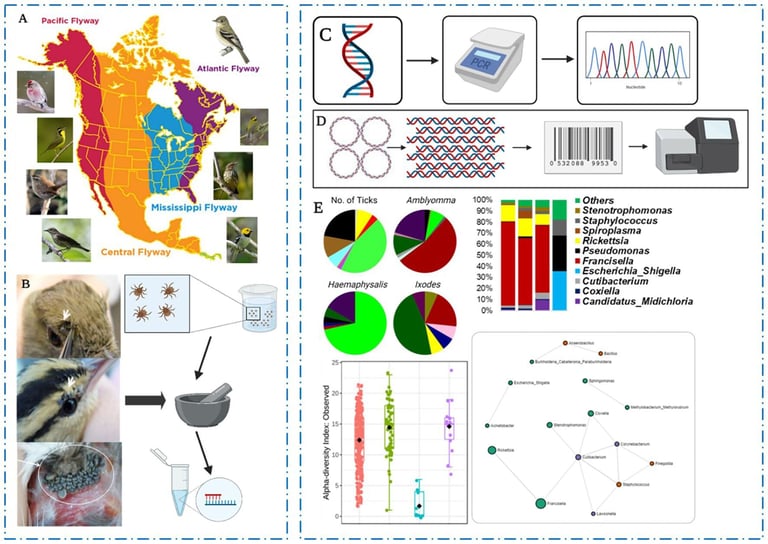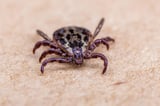Migratory Birds Accelerate Spread of Exotic Ticks and Potential Diseases Across U.S.
November 18, 2024
Ticks are known to be effective disease vectors, often hitching rides on migratory birds that travel thousands of miles, which facilitates their spread.
A recent study conducted along the northern Gulf of Mexico involved capturing and examining nearly 15,000 birds to track tick dispersal and identify species.
From this extensive sampling, researchers collected 421 ticks from 164 birds, identifying 18 species, with four species accounting for 81% of the total ticks found.
Interestingly, short-distance migrants were found to carry more ticks than long-distance migrants, and some ticks identified were neotropical species not previously established in the U.S.
Dr. Shahid Karim from the University of Southern Mississippi warns that tropical tick species could establish themselves in new areas due to favorable climate conditions, potentially introducing new diseases.
Dr. Lorenza Beati from Georgia Southern University emphasizes that global warming creates conditions that are increasingly favorable for exotic ticks to establish in northern regions.
In the United States, over 95% of vector-borne diseases are linked to ticks, raising concerns about the potential introduction of new pathogens and the spread of existing ones.
The rapid geographic distribution changes among tick species are exemplified by the Asian long-horned tick, which was first detected in New Jersey in 2017 and has since spread to 14 additional states.
Among the bacteria found in ticks, Rickettsia species were the second most abundant, some of which are known to cause diseases in humans, although the transmission risk by invasive ticks remains unclear.
Further research is needed to understand the role of birds in carrying tick-borne diseases and whether they can act as reservoirs for these pathogens.
To mitigate the risk of disease transmission, Dr. Karim advises the public to use insect repellent and check for ticks after visiting areas known to be infested.
Protective measures against tick-borne illnesses include wearing long sleeves, using bug repellant, and performing tick checks after outdoor activities.
Summary based on 4 sources
Get a daily email with more Climate change stories
Sources

Popular Science • Nov 18, 2024
How hitchhiking ticks are bringing diseases to new places
SciTechDaily • Nov 18, 2024
Tick Invasions Take Flight: The Climate Link to Global Pathogen Spread